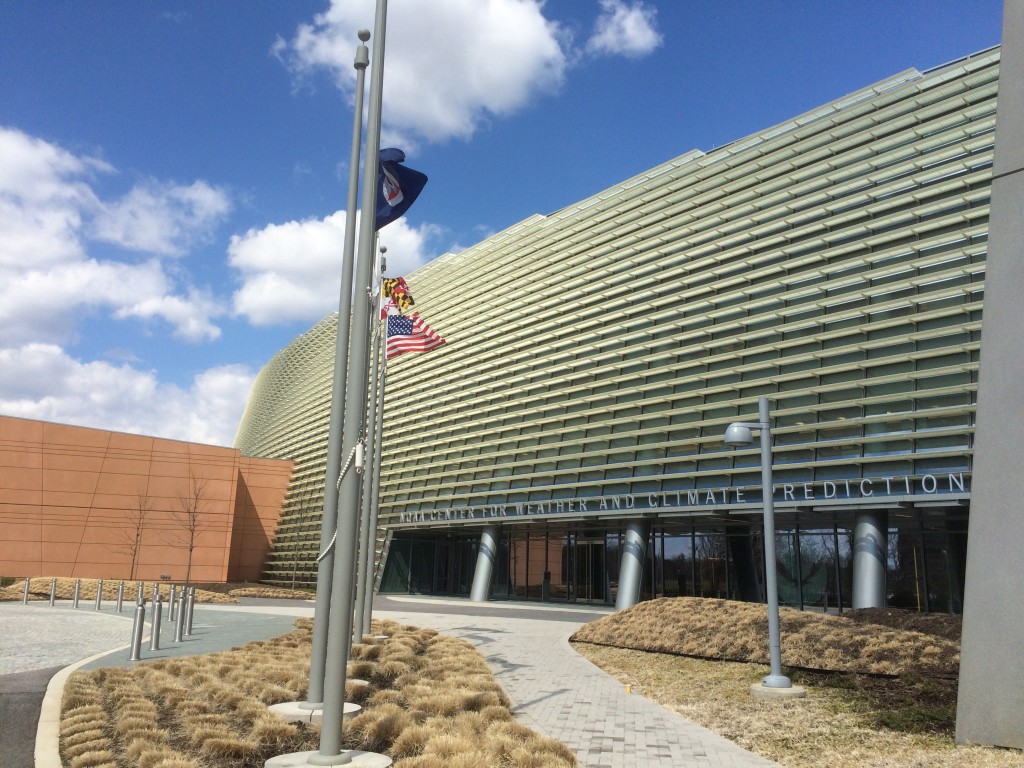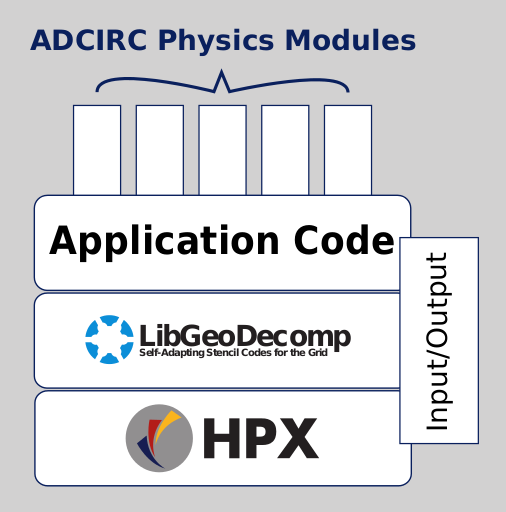CERA introduces GIS compatible shapefiles for hurricane season 2015
April 24th, 2015
Emergency managers, weather forecasters, and GIS specialists show a great interest in obtaining storm and non-storm related surge and wave information for their daily work. Online mapping interfaces for visualizing ocean model results and predictions are as valuable as GIS based files which allow the end-users to produce their own maps and imagery.
It is with great proud to announce the CERA release version for the hurricane season 2015 that will provide the ADCIRC results as GIS compatible shapefiles. This version is available for the CERA Northern Gulf system at http://cera.cct.lsu.edu and the CERA Atlantic Coast system at http://nc-cera.renci.org .
The CERA team always seeks productive feedback from clients. We endeavor to understand how their experience has been and how it can be improved. We take the requests for new features very seriously. Providing the ADCIRC model results as GIS shapefiles and making them available via a download functionality on the CERA website will fulfill a major request and is a critical and important step in the entire process of a real-time storm guidance system and an essential precondition for a wide acceptance in the community.
We have worked hard to produce clean geometries, multi-polygon features, an adequate splitting of the model output into shapefile classes and much more. The new CERA version allows you to download the data as shapefiles with an accompanying color file (lyr) to directly open the data in ArcGIS. You will also be able to save the data in the NetCDF file format.
We are looking forward to guiding you through the hurricane season 2015!
If you have any questions, please contact:
Carola Kaiser, email: ckaiser@cct.lsu.edu
CERA: http://coastalemergency.org






